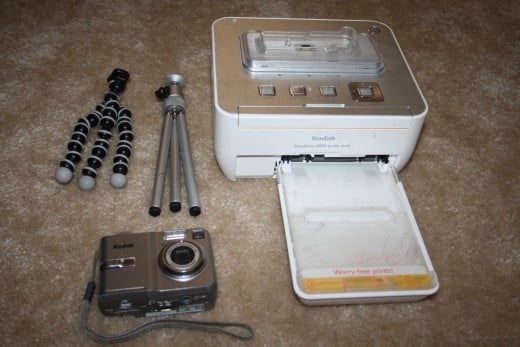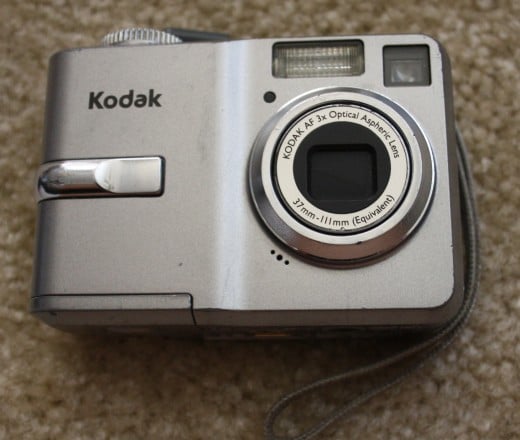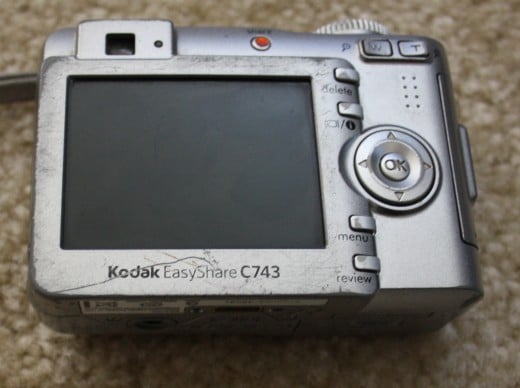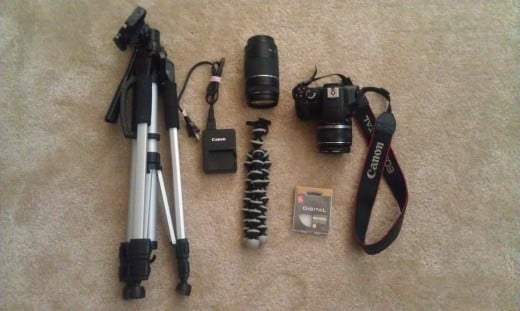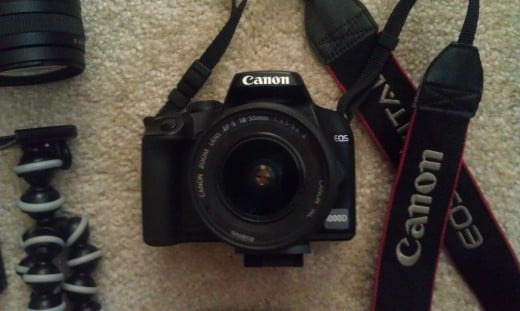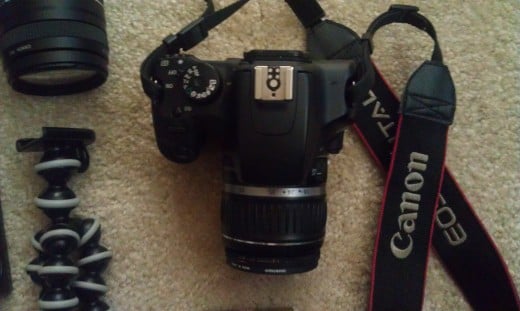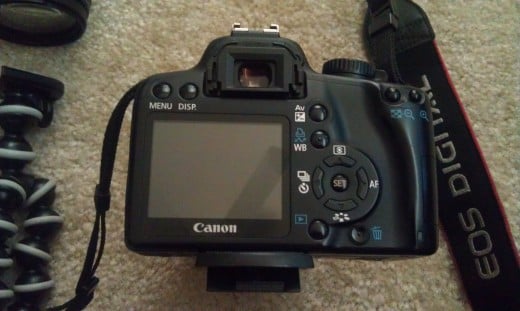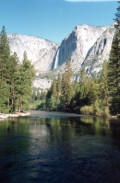The Best Cameras For Photography
If you are buying your first DSLR (digital single lens reflex) camera or looking to upgrade to a camera with a more sophisticated spec, it pays to do a little research first to work out what you are really looking for.
Most digital cameras are sold on key points in their specifications. The main point is the number of mega-pixels offered by the sensor. The more mega-pixels the better the picture. Next is the performance of the lens that comes with the camera body. Followed by the speed and accuracy of focusing and then the size, weight and build quality of the camera.
The two main types of cameras are the compact cameras and the DSLR cameras. Whatever type you choose, as long as it will do everything you are looking for it to do, it will be a good camera.

THE DIGITAL COMPACT CAMERA
Compact cameras are ideal in certain scenarios: occasions when you don't want to carry around a bulky DSLR, when you are on holiday with the family, taking part in sport activities, or shooting in locations where security is an issue. There are three types of digital compact cameras that match point and shoot simplicity with the high mega-pixel sensor and good quality zoom lens. They are the Prestige, Extreme and Super Zoom Compacts. Below are some of the characteristics of each compact camera and what those characteristics do on each camera.
Prestige Compact
- Hot-shoe - External Flash
- Manual Focus - Precision focusing and pin-sharp shots
- Built-in Flash -
- LCD Screen - Reviewing exposure and sharpness of the picture taken
- Creative Modes - Controls shutter speed and aperture
- Hand-grip - Sculpted and rear thumb rest



Extreme Compact
- Durable, Sealed Body - Great for wet weather, underwater and hard knocks
- Lens - 3x optical zoom is pretty standard
- Monitor - Compose and review pictures taken
- Menu Buttons - Simple to operate, easily accessed, not too small
- Mode Dial - Contains a range of shooting modes
Super Zoom Compact
- Battery - Powered by lithium-ion battery packs or AA cells
- Mode Dial - Take control of the cameras shutter speed and aperture
- Pop-Up Flash -
- Electronic View Finder - Switch the display from rear screen to electric view finder
- Menu - uncomplicated and clearly laid out
- Screen - 2.5 to 3 inch screens, needs to be bright and clear, preferably with a tilting facility to get a better angle to take the picture
- D-Pad - Contains useful features including self-timer, exposure compensation, flash and macro modes, helps navigate through the menu.


THE DSLR
A DSLR system gives you a wide range of interchangeable lenses and other accessories to choose from. These cameras are specifically designed to give you control over key creative aspects such as exposure, focus and composition. Although it might seem a big step at first, with lots of jargon to learn, all entry level DSLR's feature a simple point-and shoot mode alongside the more creative ones, so you will still be able to get great shots from day one, even before you learn all the new and exciting parts of a DSLR camera.
There are three main types of DSLR cameras. The Budget DSLR, the Enthusiast DSLR and the Full-Frame DSLR. I own the Enthusiast DSLR, a cannon EOS 1000D (also known as the Rebel) and I LOVE IT! Here are some characteristics of the different types of DSLR cameras.
Budget DSLR
- Anti-Shake - some anti-shake systems are lens-based, while others are in-camera and use a sensor-shift system
- Lenses - As well as the standard "kit" zoom, each camera manufacturer offers a range of lenses as you build up your system
- Construction - Expect to find a mainly plastic construction
- LCD Screen - All shooting info is displayed on the rear screen as well as Live View and video when available
- Storage - Most budget DSLRs accept SD/SDHC cards




Enthusiast DSLR
- Build - The build quality and finish take a step-up compared to the budget models
- The System - Each manufacturer offers a range of lenses, flashguns, and accessories
- Anti-Shake - Some have the system built into their bodies while others rely on specific lenses.
- Screen - This should be clear and bright, allowing you to access the sharpness of a picture easily.
- Live View - Handy if you want added versatility when shooting in an awkward angle.
- Storage - Storage will either be a SD/SDHC or CompactFlash
Full-Frame DSLR
- Controls - Many of the camera's core settings can be accessed from controls on the body, not via the menu system
- Lenses - If you have a selection of digital-only lenses, they may be of limited use on a full-frame DSLR
- Construction - This should be rugged and weather-sealed with a solid metal chassis
- LCD Screen - Should be large and offer a decent resolution (round 920k dots) allowing you to zoom in and check detail.
- Storage - CompactFlash is normally used.

So whether you are looking for a camera that you can take on vacations, that is easy to store in a purse and you don't have to worry about lenses, a digital compact is probably what you are looking for. My kids will be getting these for Christmas this year; since I have upgraded mine they are not allowed to touch it. LOL If you are looking for something that takes a bit better pictures and you want to be able to change the aperture, ISO and all that fun stuff then a DSLR should be what you get. Remember, no matter what camera you do choose, if there are buttons you don't know or modes you aren't sure about, it's as easy as opening the manual (or looking online) to find out how those things work. Happy Picture Taking!

